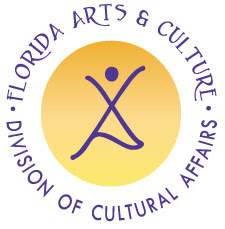The record-breaking Christie’s auction in November last year where
Francis Bacon’s
‘Three Studies of Lucian Freud’ sold for $142.4m
How long can the art market boom last?
Financial Times By Georgina Adam
Historically, the overall trend is upwards, but not for everyone and not always
Six months earlier, in November 2013, Christie’s had pulverised market records with a sale of contemporary art that totalled $691.5m – the highest for any auction. It included a new high for any work of art at auction, when Las Vegas casino billionaire Elaine Wynn spent $142.4m on Francis Bacon’s “Three Studies of Lucian Freud”; and a new record for a living artist as Jeff Koons’ shiny orange “Balloon Dog” romped to $58.4m.
...
Those of us who have worked in the art market for many years find this new world almost unrecognisable. I started reporting from Paris in the 1980s when Van Gogh and Renoir were fetching the highest auction prices, and a top art fair was the Biennale des Antiquaires, featuring Louis XV ormolu-mounted lacquer commodes and Sèvres porcelain. Impressionist paintings were must-haves, particularly during the hysterical years at the end of the decade when Japanese buyers drove the market to frenzied heights, only for it to collapse after Iraq invaded Kuwait in 1990 and the property market tanked.
In the late 1980s and early 1990s contemporary art was hardly sold at auction. While there was a brief “greed is good” interlude in the 1980s – when Julian Schnabel and others enjoyed superstar status – this ended with the 1990 slump. The art world was mainly US- and EU-centric: Chinese art mainly meant Ming porcelain, Indian art Mughal miniatures. Communism or dictatorships closed off Russia, China and Latin America from trading much in art. The Gulf states were not on anyone’s art radar.
In 1995, when I moved to Japan, the country suffered the twin blows of the Kobe earthquake and a terrorist attack in the Tokyo subway. The country’s miracle period of economic growth was over and I watched as banks tried to offload the massive inventory of paintings bought in the “bubble” years, often selling works at a tenth or less of the prices they had previously paid.
Back in the UK in 2000, I saw the first dotcom boom collapse, sweeping away early adopters’ predictions that the internet would propel the art market upwards by finding new buyers around the world.
Then, from 2004 onwards, it all changed. The market for contemporary and modern art began to grow powerfully, barely flinching after the 2008-09 global crisis. It has continued to grow, galvanised by new players, from giant art fairs to massively rich new collectors and emerging economies, as well as changing roles for auction houses and galleries. In my new book Big Bucks – The Explosion of the Art Market in the 21st Century I look at how this happened.
Read the whole article here
This is a very insightful article worth a look. The title itself gives away the only answer possible, every boom must have a bust. The only real question is when. Money flooding into the auction houses from Russia, China and India should keep the boom going for the near future at least. GL










No comments:
Post a Comment